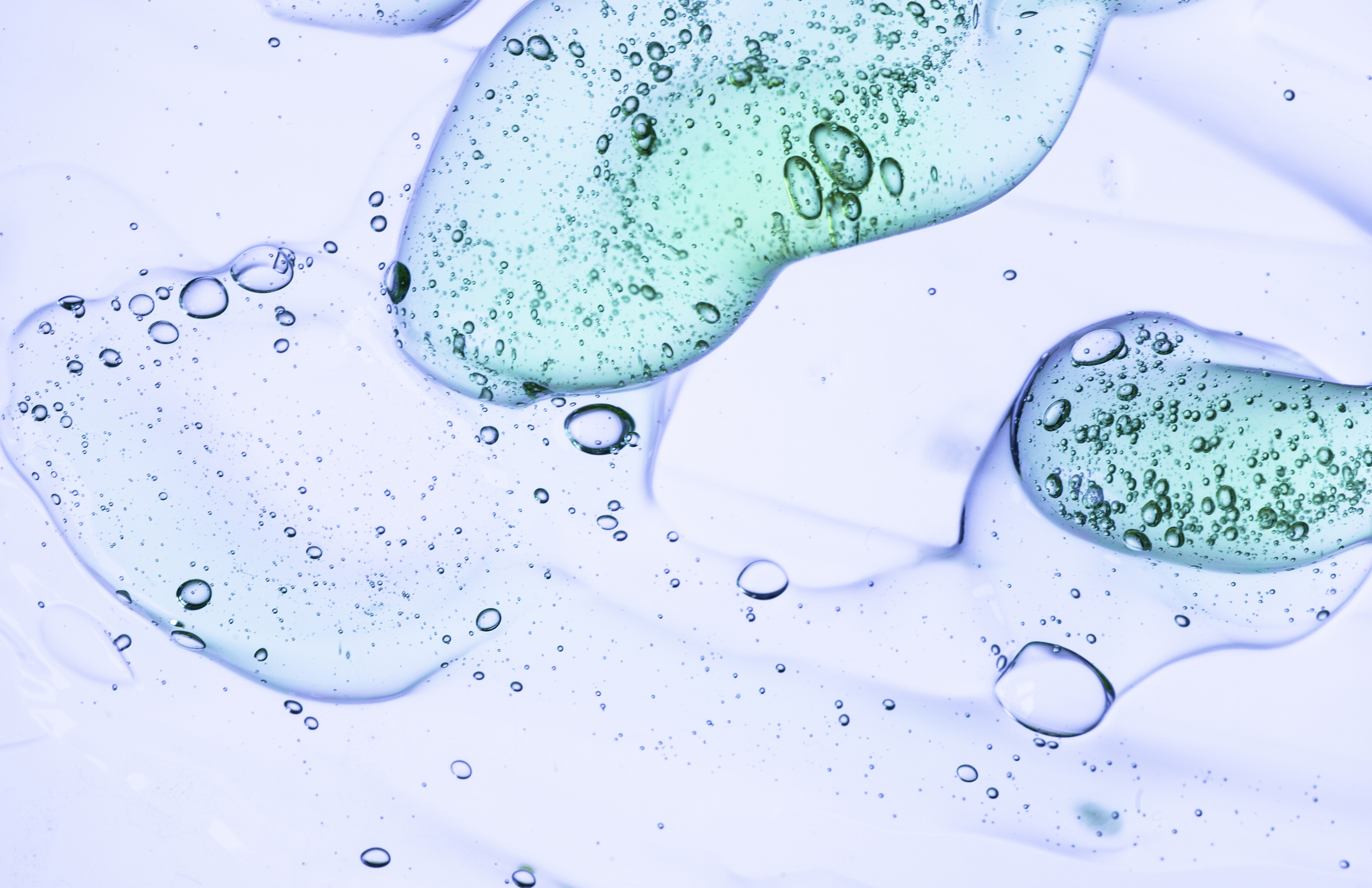EU REACH Regulation on Synthetic Polymer Microparticles (Microplastics)
This regulation prohibits the intentional addition of synthetic polymer microparticles (microplastics) to consumer products at a concentration greater than 0.01% (by mass).
What are synthetic polymer microparticles?
These are solid polymers that meet the following two conditions:
- Are contained in particles and constitute at least 1% by mass of these particles, or form a continuous surface coating on the particles.
- At least 1% by mass of the particles meet one of the following conditions:
- All particle dimensions are equal to or less than 5 mm.
- The length of the particles is equal to or less than 15 mm, and their length/diameter ratio is greater than 3.
Exclusion Criteria for Polymers
Polymers meeting one of the following four exclusion criteria are not affected by this restriction:
- Polymers that are the result of a polymerization process that has taken place in nature, independently of the extraction process, and that are not chemically modified substances.
- Polymers that are degradable.
- Polymers that do not contain carbon atoms in their chemical structure.
- Polymers with a solubility greater than 2 g/L.
Deadlines for Implementation
- October 17, 2027, for rinsed cosmetics.
- October 17, 2029, for non-rinse-off cosmetics.
- October 17, 2035, for lipsticks, varnishes, and make-up.
With a labelling requirement from October 17, 2031: “This product contains microplastics”. Products placed on the market before this date may be sold without labelling until December 17, 2031. After this date, they will need to be relabeled.
Exemption Criteria
Certain exemption criteria are defined in cases where releases to the environment are controlled. These polymers are still concerned by this restriction, but they can be used at a concentration greater than 0.01%:
Criterion 4a:
The polymer has lost its microplastic aspect in the formula. The formula as marketed no longer contains microplastic according to the definition. There is no labelling requirement for the finished product, only a reporting requirement.
Criterion 5b:
The polymer loses its microplastic appearance during use. Reporting and labeling are required.
Reporting (Criteria 4a and 5b)
From 2027 onwards, submit to ECHA, on an annual basis:
- A description of the end uses of synthetic polymer microparticles.
- Generic information on the identity of polymers placed on the market.
- An estimate of the quantities of these microparticles released into the environment, including during transport.
Labelling (Criterion 5b)
As of October 17, 2025, mention of instructions for use and disposal explaining to professionals and the general public how to avoid releasing microparticles into the environment is required. Information must be provided in a clear, visible, legible, and indelible manner, possibly in the form of a pictogram, on the packaging or leaflet. Dematerialized formats can be used if desired.
Sources: COSMED document: EU_REACH – Regulation on microparticles of synthetic polymers (microplastics), September 2023


